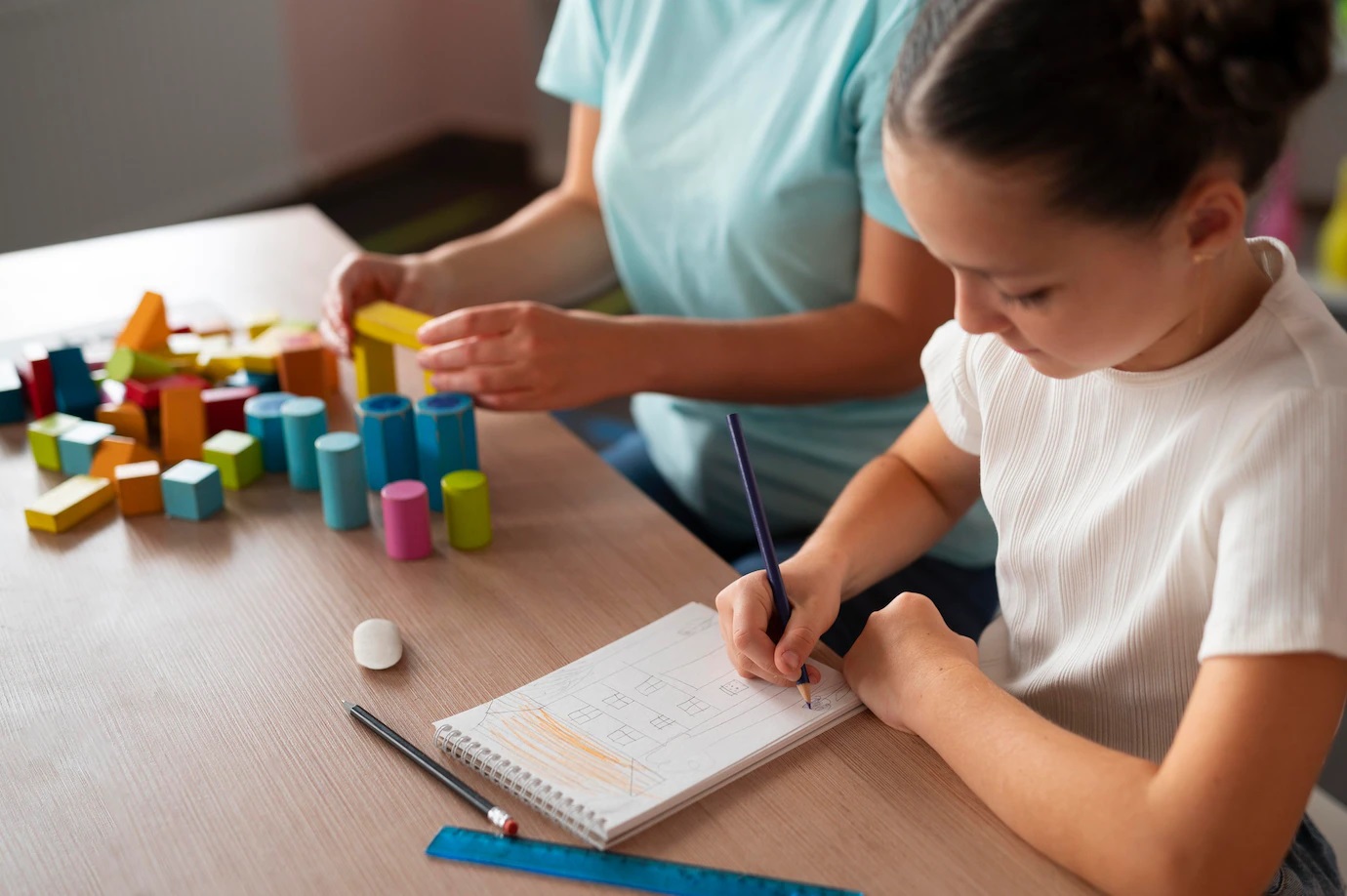What You Need To Know About Occupational Therapy For Children
Occupational therapy for children is a solution to the many issues a child who lacks stability, proper locomotion, and coordination might have.
Since as far back as 100 BCE, occupational therapy for children (and even adults) has been a tool for the treatment of psychological disorders. Greek physicians made use of massages and relaxing baths to deal with stress.
In 1917, OT became a profession in the United States of America, although these professionals dealt mainly with patients that had Polio, AIDS, and TB.
It was in 1975 that a great number of public schools sought out therapists for disabled pupils so they could participate in activities with their classmates.
Over the decades, occupational therapy for children has become increasingly popular. Children with disabilities or whose learning ability has been affected by one thing or the other could greatly benefit from OT.
In this text, we will discuss when occupational therapy for children is warranted and how it can boost a child’s confidence.
When Is Occupational Therapy For Children Needed?
There are specific behaviors we expect to see in kids at certain ages. We expect them to crawl, when they do, we expect them to walk. We expect them to eat solid food, and begin to form words.
But when these things don’t happen in a child as it does in other children his/her age, it can be worrisome.
Certain issues that can warrant the need for OT in kids are;
- Delay in development. Perhaps the child is yet to sit upright on their own, crawl, or walk at the expected age. A lack of social skills can also warrant OT.
- Problems with fine motor skills. These are small movements that involve the use of toes, fingers, and the child’s mouth. It can be manifested in difficulty using cutlery, stationary, toys, or even in writing abilities.
- Problems with large movements. This involves bigger muscles that aid stability, coordination, and locomotion. Problems in gross motor skills can be evident in a child’s difficulty controlling either side of their body, poor balance, and difficulty differentiating their left side and right side.
- Problems with oral-related motor skills. Oral-related motor skills involve the locomotion of the mouth area. Difficulty in these skills is seen in the struggle with chewing, difficulty with drinking from a container and drooling excessively.
Many other disorders can cause a need for OT. Accidents and injuries are also a leading cause of why a kid functions differently from what they are supposed to and how their peers behave.
How Can Occupational Therapy For Children Help Them?
OT can be done in the home of the child. There are also special gyms where the therapy can be done. The choice of location can be made depending on the child’s needs.
OT helps kids in the following ways;
- Improving gross motor skills. Therapists would work with physical therapists to build endurance, stability, and strength. This is made possible by the use of obstacle courses in the gym and lifting weights of different sizes. This would help the child build strength, stability and balance.
- Improving fine motor skills by strengthening the fingers and wrists.
- Other methods may include joining a sensory gym, where they help kids with sensory problems.
Conclusion
The inability of a child to relate with his/her peers or perform simple daily functions can cause segregation. Occupational therapy for children can help to correct this and boost the child’s confidence and independence.
Kids with cognitive disorders aren’t in any way hopeless. So if you are someone whose child might express some of these symptoms, know that occupational therapy for children is an option to help better the life of your child.

